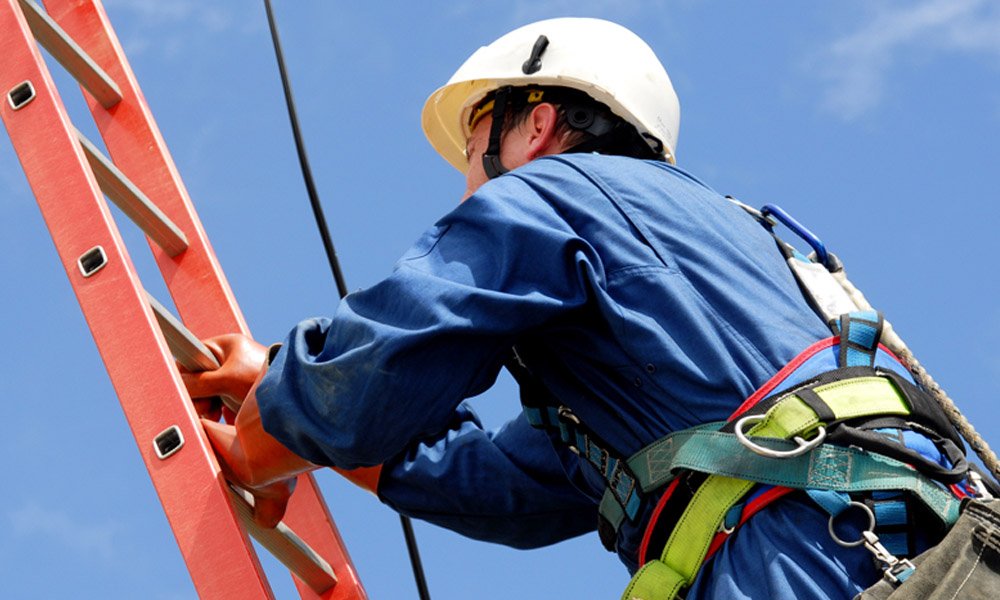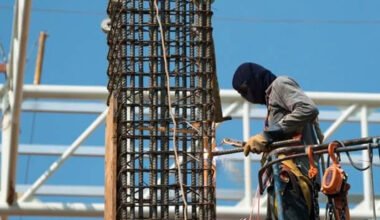When it comes to working at height, safety should always be the top priority. However, in the quest to get the job done, sometimes individuals and businesses in Australia can inadvertently overlook crucial safety measures, leading to potentially dangerous situations. Knowing what these common mistakes are and how to avoid them is key to maintaining a safe working environment for all involved.
Insufficient Risk Assessment
One of the most critical errors when working at height is failing to conduct a comprehensive risk assessment. Before any height-related activity begins, it’s vital to evaluate the potential hazards and prepare appropriate safety measures. An inadequate assessment can result in unpreparedness for unexpected events, endangering workers and anyone in the vicinity.
To avoid this, thorough risk assessments should be carried out that consider the nature of the work, the environment, and the equipment being used. This ensures that all potential risks are identified and managed accordingly.
Lack of Proper Training
Another common mistake is allowing personnel to engage in working at height without the necessary training. Every individual involved in such tasks should have a clear understanding of the safety protocols as well as how to properly use the equipment.
Providing adequate training before commencing work is not just a legal obligation but a moral one. Employers must ensure that their staff are well-equipped with knowledge and skills to maintain safety at height.
Overlooking Equipment Inspection and Maintenance
Checking the integrity and proper function of height safety equipment is imperative. All too often, this gets overlooked due to overconfidence or in an attempt to save time. Faulty equipment is one of the leading causes of accidents when working at height.
It is essential for businesses to regularly inspect and maintain all safety equipment. This includes harnesses, lanyards, and any roof safety system in use. Neglecting this not only endangers lives but can also result in legal consequences.
Poor Selection of Personal Protective Equipment (PPE)
Selecting the wrong PPE for the job can be just as hazardous as not using any at all. Safety gear must be suitable for both the task and the individual using it. For instance, harnesses that don’t fit correctly may fail to provide adequate protection during a fall.
Choosing the right PPE involves understanding the nature of the work and matching it with the appropriate equipment. When in doubt, always consult with a professional to ensure the correct selections are made.
Improper Use of Ladders and Scaffolding
Even seemingly simple tools like ladders and scaffolding can become dangerous if used improperly. Common mistakes include overreaching from ladders, using them on unstable surfaces, or not securing them correctly.
When it comes to scaffolding, failure to assemble it according to manufacturer instructions or not inspecting it for stability can result in catastrophic failures. Users must follow strict guidelines to maintain their safety and that of others around them.
Inadequate Fall Protection Systems
Falling from heights is a leading cause of injury and fatality in the workplace. Inadequate fall protection systems pose a significant risk. This encompasses both passive and active systems, like guardrails, safety nets, and personal fall arrest systems.
To ensure a high level of protection, it is crucial to employ a robust fall protection plan, which includes installing proven safety measures such as a reliable anchor point and using them correctly. Frequent inspection and maintenance of these systems can prevent future accidents.
Ignoring Weather Conditions
Outdoor work at height can be particularly affected by weather conditions. Heavy rain, strong winds, and even extreme sunlight can impact safety. For instance, slippery or unstable surfaces can result in falls, while high winds might cause loss of control or stability.
It’s imperative to monitor weather reports and plan work schedules around adverse weather conditions to mitigate these risks. If the weather turns during a job, it is often safer to postpone the work rather than risk an accident.
Complacency and Shortcuts
Over time, workers may become complacent, especially if they perform height-related tasks regularly without incident. This false sense of security can lead to taking shortcuts or ignoring safety procedures, increasing the risk of an accident.
It’s essential to persistently reinforce the importance of height safety and adherence to protocols, no matter how small or routine the job may seem. Regular safety briefings and drills can keep safety at the forefront of workers’ minds.
Failing to Plan for Emergencies
When an accident occurs, knowing what to do can mean the difference between life and death. A lack of emergency planning is a grave mistake. This includes not having a rescue plan in place or the necessary equipment on hand to execute it.
Developing and practising emergency procedures ensures that workers are prepared to respond quickly and effectively. This should be a core element of any height safety strategy.
Conclusion
Working safely at height is a complex undertaking that requires careful planning, the right equipment, and a commitment to safety from everyone involved. By understanding and avoiding the common mistakes discussed, businesses can significantly reduce the risks associated with working at height.
Investing time in risk assessment, training, equipment maintenance, and planning will safeguard the well-being of workers and ensure compliance with Australian safety standards. Remember, when it comes to working at height, it is always better to be safe than sorry.
For those in need of professional height safety services, remember to consult specialists who can guide you to work securely and efficiently at any height.



